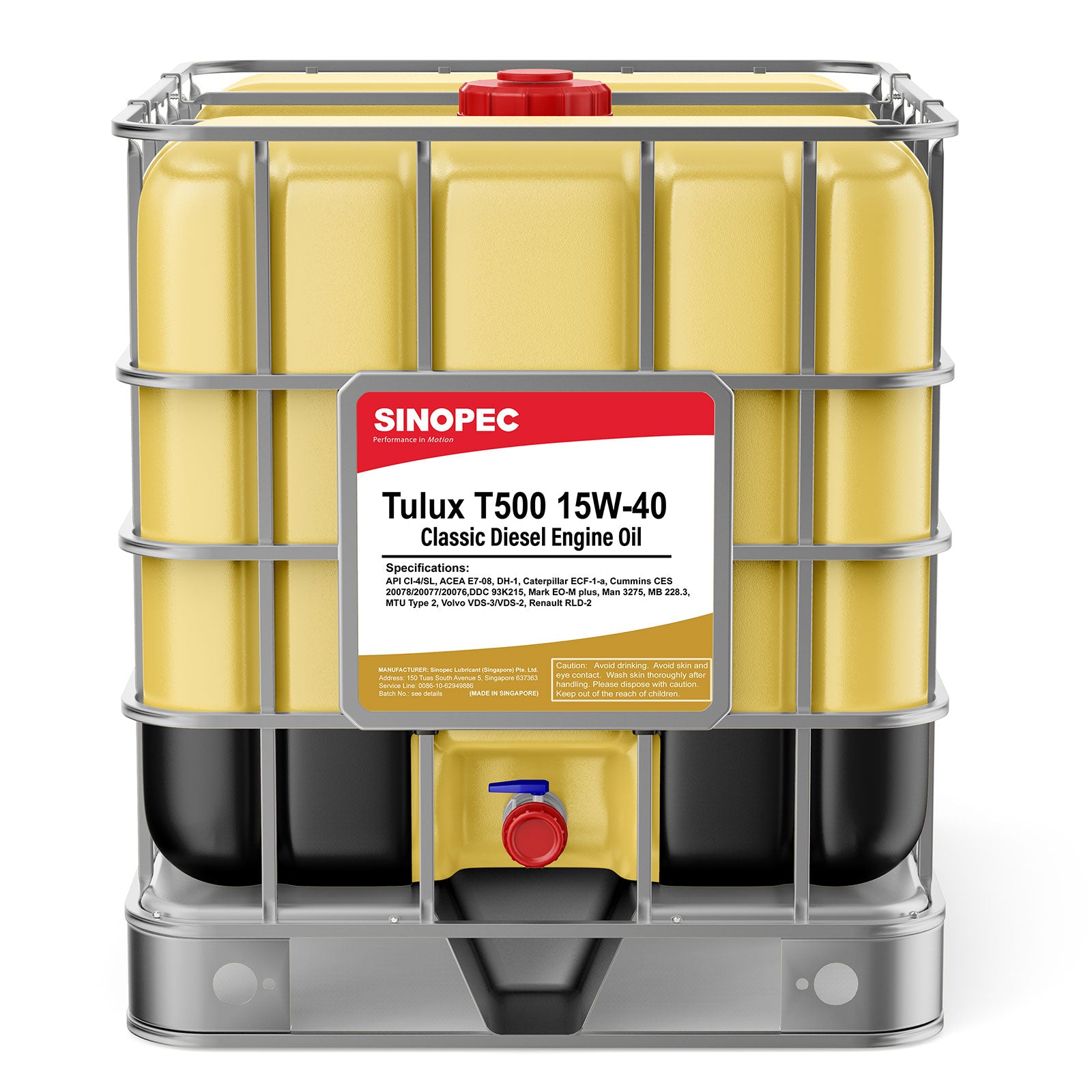"When it comes to lubrication in industrial plants, most maintenance people strive for consistency – the use of the same products over a long period of time. This generally allows for smooth operation of equipment. Sometimes, though, conditions dictate a change from one lubricant to another. In the case of lubricating oils, it is often possible to change the fluid completely; and when that is not possible, the compatibility of the fluids can be relatively easily determined.
In grease-lubricated applications, on the other hand, it is usually impossible to remove all of the old grease from the application when changing products. Grease suppliers typically advise their customers to purge as much of their grease as possible through the grease-dispensing system and application to displace the previously used product. However, this may not be necessary if the two greases in question are compatible with one another.
Unlike the compatibility of oils, which is most often related to interactions of the additives in the products (and sometimes the nature of the base fluids themselves), the compatibility of greases is most often related to the thickener types of the products to be mixed (although base fluid compatibility is also important).
Grease compatibility is often confusing to grease users, even though most grease manufacturers produce compatibility charts. This is because the charts from the various manufacturers often disagree with one another on certain thickener-type combinations. In bygone days, when simple soaps and clay were the primary thickener types, compatibility was relatively straightforward. Lithium and calcium soaps were compatible with one another, and neither was particularly good when mixed with a clay-based grease. Today, with not only the aforementioned thickeners – but also complex soaps, polyurea, calcium sulfonate and even more exotic thickeners used in many greases – the issue of compatibility has become much more complicated. A typical grease compatibility chart is shown in Figure 1.
Grease Compatibility Chart
Figure 1. Relative Compatibility Rating
B = Borderline C = Compatible I = Incompatible
Note: This chart is a general guide to grease compatibility. Specific properties of greases can dictate suitability for use. Testing should be conducted to determine if greases are compatible.
Compatibility of grease mixtures is typically categorized as follows:
Compatible – The properties of the mixture are similar to those of the individual grease.
Incompatible – The properties of the mixture are significantly different than those of the individual greases.
Borderline – The properties of the mixture may or may not be acceptable, depending on the nature of the application.
To add to the confusion, there are some grease specifications that are based solely on grease performance without regard to grease composition. If greases of different thickener types (both of which meet the performance requirements of the specification) get mixed in service, dire consequences can result.
The compatibility of polyurea greases with soap-thickened greases is probably the most debated area of grease compatibility today. Greases based on simple lithium soaps (lithium stearate or lithium 12-hydroxystearate) and lithium complex soaps (containing simple soap and a complexing agent, such as lithium azelate) may or may not be compatible with polyurea greases. This is because of the wide variety of materials that can be reacted to form a thickener that is termed polyurea. Some polyurea thickeners are completely compatible with lithium and lithium complex thickeners, while other polyurea thickeners are definitely incompatible with the lithium and lithium complex thickeners.
It is necessary to perform compatibility testing on combinations of these greases to determine whether the greases can be mixed in service. It is incumbent upon the user of the greases to verify compatibility when making a change from one product to another. Most grease suppliers have data on certain grease combinations or are willing to perform the required testing for their customers.
To help users understand the implications of mixing greases, ASTM International (formerly the American Society for Testing and Materials) Committee D02.G developed ASTM D6185 Standard Practice for Evaluating Compatibility of Binary Mixtures of Lubricating Greases in 1997. This document details the procedure for evaluating the basic compatibility of greases, which is determined by measuring the dropping point, the mechanical stability and the change in consistency of the mixture upon heating.
Greases are considered to be compatible if the following conditions are met:
The dropping point of the mixture is not significantly lower than that of the individual greases.
The mechanical stability of the mixture is within the range of consistency of the individual greases.
The change in consistency of the mixture following elevated temperature storage is within the range of the change in consistency of the individual greases following elevated temperature storage.
Once two greases are determined to be compatible in the above three areas, further testing to determine the impact on other performance parameters of the products may be warranted. Any test that is designed for measuring grease performance may be used on a mixture of greases to determine the effect on that parameter when the greases are mixed. The tests that are conducted should be agreed upon between the user and grease supplier to assure that the properties that are critical to the proper function of the product in service are covered. The full text of ASTM D6185 is available from ASTM International
In grease-lubricated applications
Web Help Desk

AW 32 Hydraulic Oil - 55 Gallon Drum
Sale price$449.00

AW 46 Hydraulic Oil - 55 Gallon Drum
Sale price$449.00

AW 68 Hydraulic Oil - 55 Gallon Drum
Sale price$449.00
Where Do We Ship From














